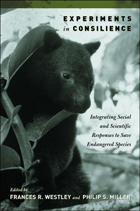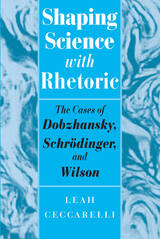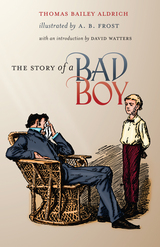
In his 1998 book Consilience, E.O. Wilson set forth the idea that integrating knowledge and insights from across the spectrum of human study -- the humanities, social science, and natural sciences -- is the key to solving complex environmental and social problems. Experiments in Consilience tells the unique story of a pathbreaking effort to apply this theoretical construct in a real-world setting.
The book describes the work of the Biodiversity Research Network, a team of experts from the United States and Canada brought together to build interdisciplinary connections and stimulate an exchange of expertise. Team members sought to understand the ecology and population dynamics of key species in particular ecosystems, to understand the impact of human populations on those species and ecosystems, and to develop tools and processes for involving a greater variety of stakeholders in conservation efforts.
In order to keep the experiment grounded, the network focused on a single type of conservation planning workshop run by a single organization -- the Population and Habitat Viability Assessment Workshop (PHVA) of the IUCN-sponsored Conservation Breeding Specialist Group (CBSG).
The book combines sections on the theoretical underpinnings of relevant concepts in population biology, simulation modeling, and social science with detailed descriptions of six PHVA workshops conducted on different species across four continents. A concluding chapter examines the lessons learned, which have application to both theory and practice, including reflections on interdisciplinarity, integrated risk assessment, and future directions for research and action. Through the combination of theory and application, combined with frank discussions of what the research network learned -- including both successes and failures -- the book offers fresh ideas on how to improve on-the-ground conservation decisionmaking.
Experiments in Consilience offers a one-of-a-kind overview and introduction to the challenges of cross-disciplinary analysis as well as cross-functional, cross-disciplinary and cross-sectoral action. It centers on the problem of conserving endangered species while telling the story of a new form of organizing for effective risk assessment, recommendation, and action.

In Shaping Science with Rhetoric, Leah Ceccarelli addresses such questions through close readings of three scientific monographs in their historical contexts—Theodosius Dobzhansky's Genetics and the Origin of Species (1937), which inspired the "modern synthesis" of evolutionary biology; Erwin Schrödinger's What Is Life? (1944), which catalyzed the field of molecular biology; and Edward O. Wilson's Consilience (1998), a so far not entirely successful attempt to unite the social and biological sciences. She examines the rhetorical strategies used in each book and evaluates which worked best, based on the reviews and scientific papers that followed in their wake.
Ceccarelli's work will be important for anyone interested in how interdisciplinary fields are formed, from historians and rhetoricians of science to scientists themselves.
READERS
Browse our collection.
PUBLISHERS
See BiblioVault's publisher services.
STUDENT SERVICES
Files for college accessibility offices.
UChicago Accessibility Resources
home | accessibility | search | about | contact us
BiblioVault ® 2001 - 2024
The University of Chicago Press









